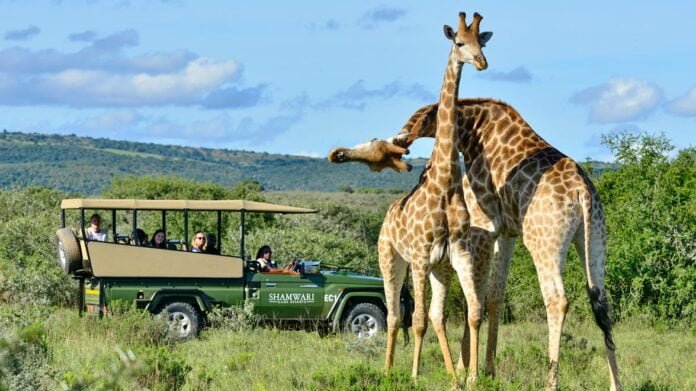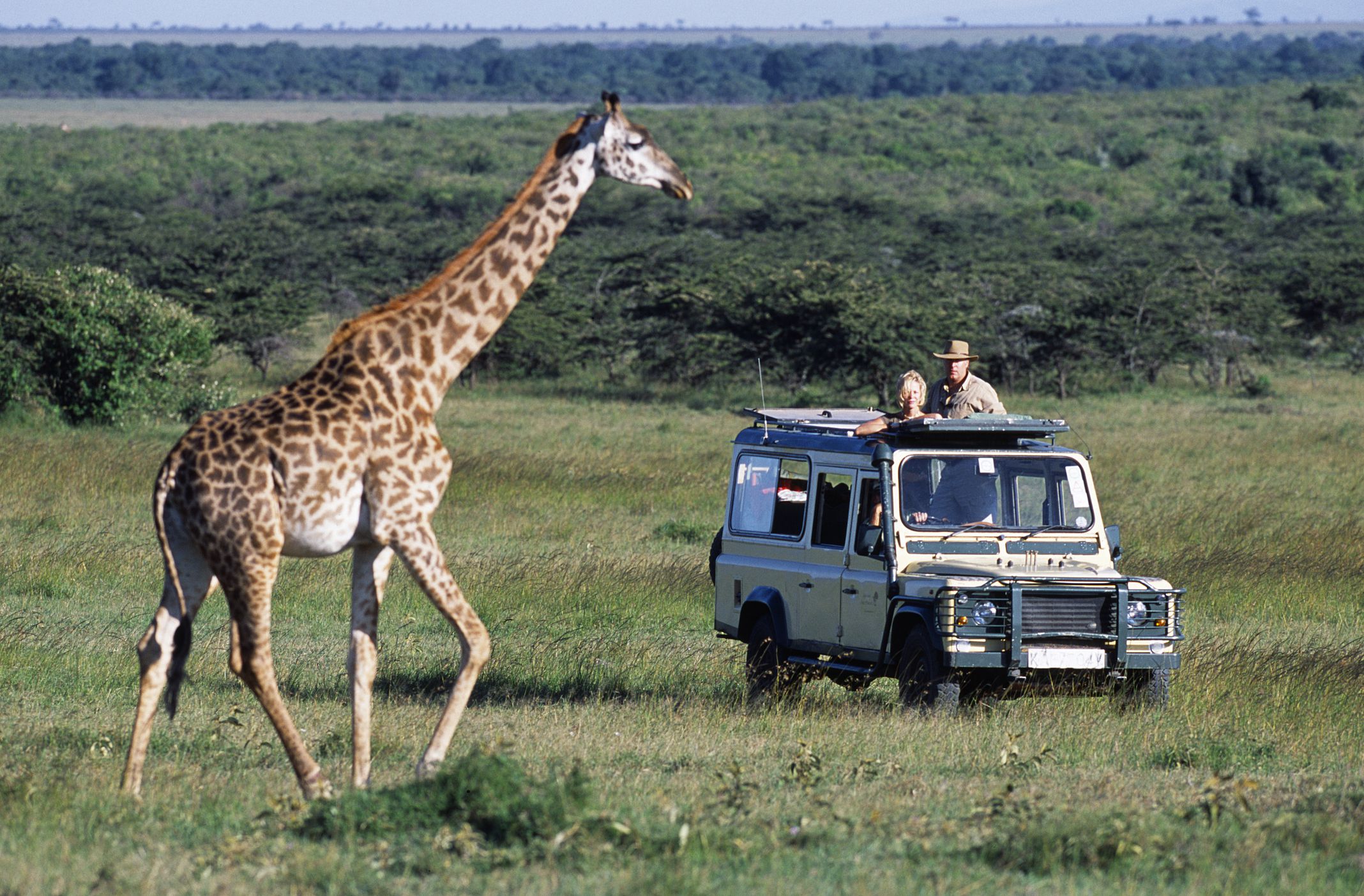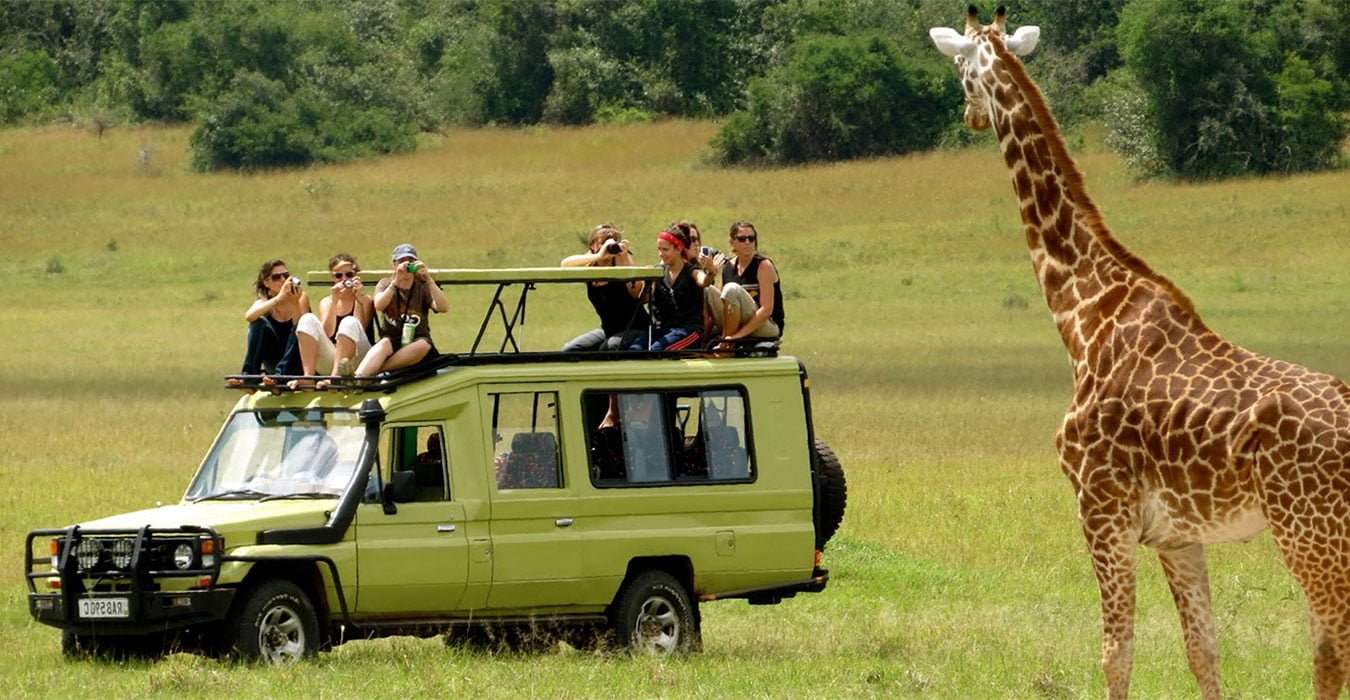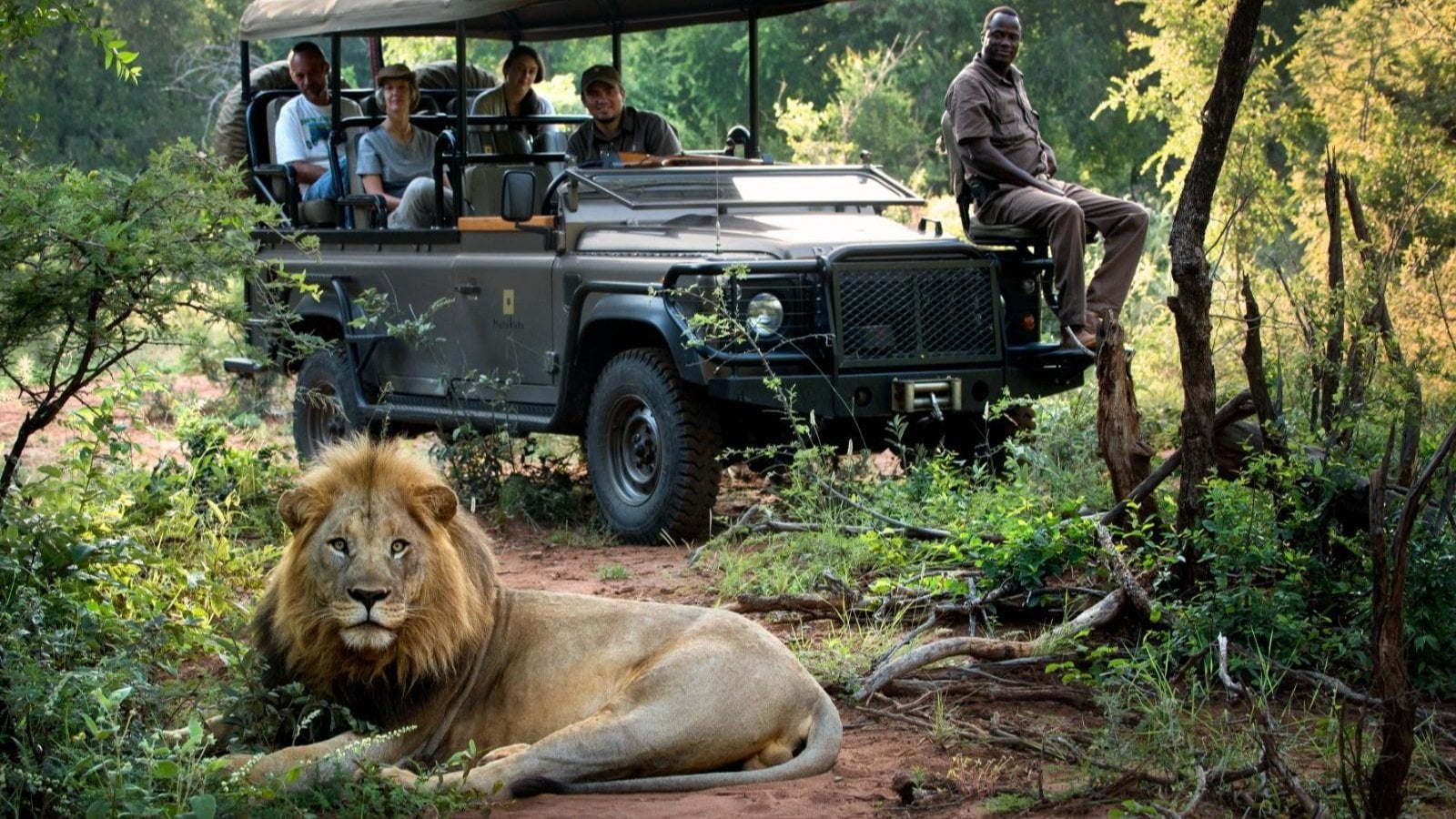The Ultimate Guide to Going on an African Safari
Many dream of experiencing the adventure and magnificence of an African safari – with expert guidance, this can become reality.
Before setting off on your safari adventure, the first step must be identifying exactly what sort of experience you seek – do you wish to see the Great Wildebeest Migration on Kenya’s plains, or perhaps prefer an extensive chopper ride far from civilization?
1. What is a Safari?
Safaris are trips to Africa designed for wildlife viewing in natural reserves. Safaris come in all forms and provide a fantastic opportunity to view nature without using lead pellets or wearing khaki. Your safari may involve 4WD safari vehicle travel, boat travel, canoe travel, quad bike explorations or walking. Depending on which kind of safari is chosen it could even involve riding elephant back!
East and Southern Africa offer two primary safari areas – Kenya is known for its incredible savannah plains while Tanzania hosts the annual migration of wildebeests – yet each has its own distinct charms. While certain animals migrate at certain times of year, most destinations boast resident predators which stay put all year round so your chances of seeing wildlife won’t fluctuate much either way. Experienced or novice traveller, safari is sure to leave a lasting memory!
2. What is a Game Drive?
Game drives are at the core of every safari adventure. A typical trip may involve exploring national parks, reserves or conservancies with either an open or enclosed safari vehicle in search of wildlife.
Game drives typically occur early morning and late afternoon when animals are most active, and guests will be led by a knowledgeable guide who understands both animal behavior and landscape features.
As you drive along, you will have the chance to observe and photograph Africas iconic wildlife. Depending on the rules of each park, you may even get close enough to animals for closeup photographs or an incredible viewing experience; however, guides always put animal welfare first and will never put stressing them by stopping near dangerous ones.
Vehicles used for game drives typically feature open or sunroof seating arrangements with stadium-style seats for optimal views of their surroundings. 4×4 vehicles tend to be popular choices but minibuses or safari tents may also be employed for these excursions.
3. What is a Camp?
Historically, safaris were conducted with the goal of hunting Africa’s Big Five animals (lion, elephant, leopard, buffalo and rhino). Nowadays however, safaris are usually sightseeing trips through national parks.
Safari trips should ideally take place early morning and evening when most animal activity occurs. Many camps have modified windowless off-road vehicles that offer optimal viewing experiences, while some offer night safaris that allow guests to observe predators more closely.
Tanzania is an ideal location for safari tours due to its climate conditions which provide ideal wildlife viewing throughout the year. Furthermore, Tanzania’s coast and idyllic islands make the ideal setting for beach relaxation or exploring Africa’s highest peak – Mount Kilimanjaro. Other popular safari spots include Zimbabwe’s Mana Pools National Park where elephants, buffalo, waterbuck and watermelons roam freely on floodplains or Zambia’s wild and unexplored Lower Zambezi Region.
4. What is a Lodge?
Many safaris include full board meals (typically three per day at your lodge). Some tented camps also allow for self-catering options.
Safari camps and lodges typically play an invaluable role in local communities by supporting social uplift initiatives, generating tourism revenue to manage wildlife projects and conservancies across Africa, and supporting small businesses that sell local foods, crafts, curios and services directly to safari guests.
Lodges on safari provide guests with an intimate encounter with nature and wildlife, especially early morning when most animals emerge before the heat sets in. Tented camps or luxury lodges may be available; alternatively you could consider staying in private conservancies adjacent to major parks to avoid traffic jams at their gates.
5. What is a Flight?
Safari trips are an environmentally-responsible activity that supports African economies while protecting wildlife, while providing an opportunity to discover Africa and all of its diverse habitats.
While safaris can take place anywhere, they’re most famously associated with East African destinations like Kenya’s Masai Mara and Tanzania’s Serengeti – two acclaimed landscapes known for hosting the Great Migration as well as nature documentaries.
Safaris can be found throughout Africa, but Southern Africa stands out as being especially conducive for safaris. Here you can experience Namibia’s Okavango Delta as well as one of the world’s largest waterfalls – Victoria Falls which straddles Zambia and Zimbabwe – not to mention abundant wildlife and unspoilt landscapes – though winter months might prove cold! The only drawback may be cold temperatures.
6. What is a Boat?
A safari is an adventure filled with various sights and activities. It may involve as little as viewing Big Five animals in Tanzania or as much as an overland truck tour of several countries; alternatively it could involve birding, photographic, culinary or family safaris as specializations.
Ernest Hemingway first coined the term safari during his 1930s travels through Tanzania (then known as Tanganyika). His passion for Africa’s nature and people led him to hunt in today’s Serengeti, travel around Lake Manyara and Tarangire and climb Mt Kilimanjaro; explore tribal cultures in villages; climb Mt. Kilimanjaro; visit Victoria Falls which spans Zambia and Zimbabwe and more besides! His writings gave birth to modern safari travel; now trips can last from just a few days up to months of travel! Hemingway’s writings have inspired modern safari travel which can last between one day or months or even longer!
7. What is a Flight with a Guide?
Traditional safaris typically involve traveling in jeeps and staying in tented camps; however, more ways than ever exist to embark on safari. From walking or cycling safaris to visiting animal sanctuaries or flying by hot air ballooning tours; now there’s sure to be one that fits your preferences.
Witness Tanzania’s Great Migration over its Serengeti or explore Namibia’s mesmerizing landscapes on safari – you will experience the thrill of witnessing majestic wildlife in their natural environment! To get the best images, bring along a camera equipped to handle these conditions as well as spare batteries and portable chargers; additionally it would help if your boots were already broken in before beginning your trip so as to save luggage space while providing comfort while in the heat of the bush.
8. What is a Flight without a Guide?
Professional safari guides possess an immense wealth of experience and can read their guests to ensure a thrilling safari adventure for people of all ages, backgrounds and interests.
Though many safari-goers prioritize seeing Africa’s Big Five animals, Africa offers plenty of other extraordinary experiences beyond this goal. For an authentic African experience, consider embarking on a camel safari through North Africa to experience its magical dunes landscapes and ancient Berber culture – truly thrilling experiences await!
And for an unforgettable wildlife-viewing experience, nothing beats taking to the air and exploring the Serengeti from an aerial perspective – an unmissable chance that can make the most of limited holiday time! A fly-in safari provides you with this opportunity.
9. What is a Flight with a Guide and a Boat?
Safari travel focuses on viewing wildlife in their natural environments and also serves to support conservation efforts, generate revenue for national parks and create job opportunities – ultimately contributing to more sustainable economic development in Africa.
An authentic African safari may include staying in an isolated lodge within a national park itself, walking safaris in the veldt, and mokoro trips on the Okavango Delta – experiences which allow visitors to fully discover every corner of a national park.
South Africa is an attractive safari destination due to its Big Five wildlife and diverse landscapes, and can also combine it with activities such as wine tasting in Cape Winelands or city sightseeing in Johannesburg.
10. What is a Flight with a Guide and a Boat and a Flight without a Guide?
Searching the internet for safari trips in Africa can quickly lead to an overwhelming amount of information; this may lead to procrastinating booking your dream adventure trip to Africa.
As soon as you decide where in Africa to travel and the activities you wish to pursue, the next step should be selecting your destination and activities. East Africa provides plenty of wildlife viewing opportunities – with Tanzania boasting Serengeti National Park and Ngorongoro Crater being prime examples – while Kenya also boasts several game parks such as Masai Mara and Amboseli which make an exciting trip worthwhile.
Southern Africa, known for its stunning wilderness parks such as Kruger and Victoria Falls, has long been an appealing tourist destination. Johannesburg serves as South Africa’s primary airport; visitors from there can connect to flights that provide regional access to Botswana, Namibia and Zimbabwe as well as self-drive tour options with Johannesburg as their starting point.




